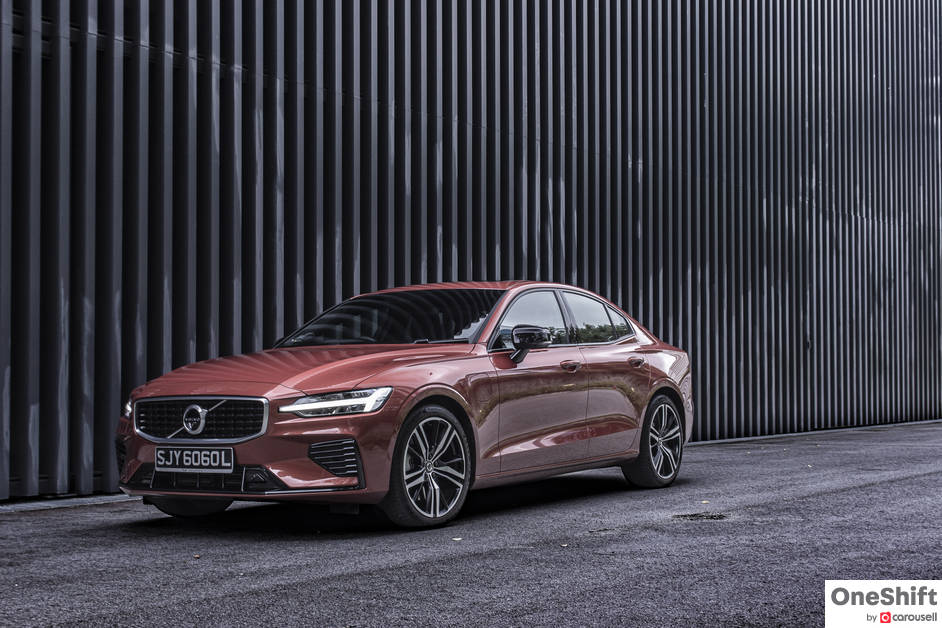Here Is Why (Engine) Size Does Not Always Matter!
There’s no replacement for displacement. Or is there? This saying probably originated from a bygone era, where massive displacement was needed to produce power figures that are worth shouting about.

There’s no replacement for displacement. Or is there? This saying probably originated from a bygone era, where massive displacement was needed to produce power figures that are worth shouting about.
Society though, has moved on quite a bit since then. This saying no longer holds true, and here’s why!
The advancements in technology, even as compared to the same time period just a decade ago, are immense. What was once the reserve of motorsport engines, think tightly fitting engine components, is now more widespread. Prior to breakthroughs in the manufacturing methods of today, the tighter tolerances found in racing powerplants are often too expensive to be used in mass production.
However, 3D modelling, scanning and even printing, has allowed manufacturers to create increasingly intricate moulds to cast blocks off of. In fact, more exotic engines can also be milled from a single block of metal. Also, materials have evolved too - modern metals can be lighter and yet stronger than their predecessors, whilst also being better at shedding heat for more efficient combustion.
Even the formulation of the fluids in your engine, have benefitted from the extra decade of development. Modern oils can greatly reduce friction, whilst being also better at shedding heat. This can be of benefit to older engines, allowing them to produce more power simply by being better at doing its job - there’s less power sapped by friction!

Though the biggest gainers have to be the newer engines. They have been designed with these fluids in mind, allowing them to extract the maximum out of the superior formula - they can rev higher and harder than their predecessors, making more power as a result!
Electric technology is slowly finding its way into the mainstream. What started out as a tool to reduce fuel consumption, has been slowly being used to amplify the effects of the internal combustion engine.

At low RPMs, most engines struggle to create enough usable torque and power for rapid yet efficient acceleration. This is where the most fuel is burnt, but really for not that significant of forward thrust. Electric motors help to fill up that void in the power curve, creating an illusion of a more powerful motor without actually using more fuel. In fact, as motor technology matures, we can rely less on petrol, which means that a reduction in capacity will not be as detrimental as it seems.
All the points above combine into this. Modern engines are just more efficient than their older counterparts. At no point in history we are closer to achieving a thermal efficiency rating of close to 50% than we are right now. This means that close to 50% of chemical potential energy in the fuels you pump into your tank, gets converted into forward propulsion.
That rating is purely for the ICE itself. Hybrids can help to bump that figure up significantly - the electric motors serve as generators under braking, recovering the otherwise lost kinetic energy, and storing it for use for accelerative purposes!
The previous points are about how the engine isn’t compromised by less displacement, but we should address the fact that displacement, and thus the power output, really shouldn’t matter that much, especially in a world as congested and as built-up as the one we live in today. What’s the use of all that power, when you’ll spend most of your commute at slow speeds, or sitting in traffic jams? Wouldn’t a more comfortable vehicle be more suited for this use case instead?
Think about it - we’re all stressed out as it is, burdened by personal, professional and financial commitments. A relaxing drive in a comfortable space should serve as much needed respite on the way to another hard’s day of graft, right?

Motorsport has never been as relevant as it is today. It is the testbed of which new technologies are trialled, before they find their way into the road cars which the general public can buy. However, the technology trickling into our dailies isn’t necessarily there to make them go any faster, or stop any more aggressively. In fact, it’s the efficiency that manufacturers are chasing.
From Formula 1 and LMP1 technology, automakers have learnt to create more efficient and reliable hybrid systems, as well as new and novel, but yet tried and true, on the racetrack anyways, ways to build engines to maximise output and fuel economy. Even something as simple as the humble turbocharger, has been given quite the makeover. Mainstream units have benefitted from better construction and raw materials, for more efficient power output compared to units from just a few years ago. Fancier ones in more premium cars, like those found on a couple of Mercedes Benz cars, even have electric motors built into them for instant spool for no turbo lag.
All this new fangled technology allows you to have the power of a larger engine, in a smaller package that is cheaper to run, insure and tax. But it does come at a cost. If you’re after a more affordable avenue into car ownership, a used vehicle may be right up your alley. Head on over to our classifieds to shop for your next vehicle! With thousands of listings already live, and with hundreds being added everyday, there’s bound to be something for everyone, regardless of one’s budget or needs!
Credits: Jek Ray Low


Get the Best Price for your used car
from 500+ dealers in 24 hours

- Convenient and Hassle-Free
- Consumer Protection
Transparent Process
With No Obligation








